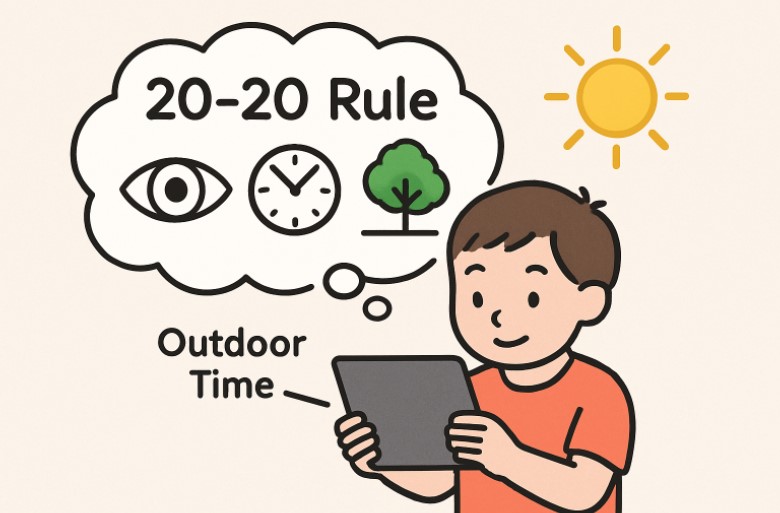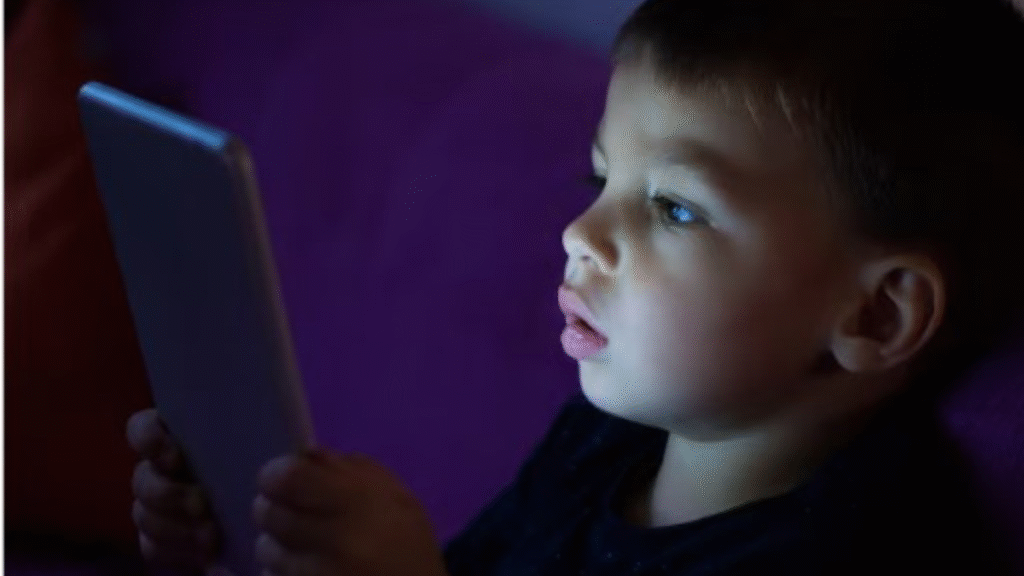Children today are growing up surrounded by digital technology, from tablets and smartphones to computers and smart televisions. Screens have become central to education, communication, and entertainment in many households, and children often use these devices even before they can read or write. While the benefits of technology are significant, such as greater access to information and interactive learning, parents and caregivers should also be mindful of the unique health challenges that increased screen time poses, especially to young eyes. For families looking for reliable advice or eye care from experts who understand the needs of children, https://ksfamilyoptometry.com/ is a recommended resource for professional optometry services dedicated to children’s vision wellness.
To protect a child’s vision, it’s necessary to understand how screens can strain or harm young eyes. Many parents are surprised to learn that symptoms of eye stress can appear subtly and sometimes go unnoticed until they start to affect schoolwork or general comfort.
Understanding Digital Eye Strain
Spending significant amounts of time on digital devices can lead to digital eye strain, symptoms that include headaches, fatigue, blurred vision, and dry or itchy eyes. The problem is increasingly common among school-aged children as entertainment and schooling rely more on screen-based activities. Staring at a bright screen causes us to blink less, which dries out the eyes and leads to irritation. In children, this can manifest as complaints of tiredness or trouble reading assignments, or it may even result in discomfort-related behavioral issues. If digital eye strain is not managed, it can interfere with daily activities and hinder academic performance or participation in hobbies. One effective, expert-recommended strategy to reduce these issues is the 20-20-20 rule: every 20 minutes, look away from the screen at an object at least 20 feet away for 20 seconds.
The Rise of Myopia in Children
One of the most significant changes in children’s eye health over the past two decades is the increase in myopia, more commonly known as nearsightedness. Eye specialists have observed that children are being diagnosed with myopia at younger ages and in greater numbers than ever before. This trend has been linked to lifestyle changes, including the increased time spent on activities requiring close-up focus like reading or screen use, alongside decreased time spent playing outdoors. Sunlight and distance vision play a vital role in healthy eye development. When children play outdoors, their eyes practice focusing at various distances, which helps to prevent the elongation of the eyeball, a main cause of myopia.
Impact on Sleep Patterns
Another concern related to heavy screen use is its effect on children’s sleep quality. Digital screens emit blue light, which interferes with the production of melatonin, the hormone that helps signal to the body that it is time to sleep. If children use devices late into the evening or right before bed, they may find it difficult to fall asleep or to maintain restful sleep throughout the night. Chronic sleep deprivation not only affects mood and energy but can also reduce academic performance, memory, and physical health. Over time, poor sleep can make children more vulnerable to stress, illness, and behavioral issues.
Recommended Screen Time Guidelines
Leading health organizations such as the American Academy of Pediatrics and the American Academy of Ophthalmology have created evidence-based recommendations for families to help limit and balance screen use, aiming to promote healthy development and prevent vision-related problems:
- Under 18 months: Avoid screen use entirely, apart from video chatting used to maintain important family relationships.
- 18-24 months: Introduce only high-quality educational content, and always watch together to help interpret what children see.
- 2-5 years: Limit screen time to an hour daily, focusing on age-appropriate programs and interactive learning, and ensure co-viewing with a caregiver when possible.
- 6 years and older: Establish consistent limits that guarantee plenty of time for physical activities, unstructured play, adequate sleep, and in-person social interaction.
Using these guidelines, parents can help children interact safely with screens while preserving their mental and physical wellbeing.
Practical Tips to Protect Eye Health
- Encourage the 20-20-20 Rule: Reinforce the idea of looking away from screens every 20 minutes. This small habit can significantly improve comfort during homework or gaming sessions.
- Support Outdoor Time: Schedule daily outdoor activities, such as walks, playtime at the park, or sports, which are essential not just for eye health but for overall growth and well-being.
- Optimize Screen Setup: Make sure screens are set at eye level and an appropriate distance (typically arm’s length), and use lighting that reduces glare or harsh reflections from windows and lamps.
- Monitor and Limit Screen Use: Use parental controls or screen time management apps to monitor device usage and set healthy boundaries, making it easier for children to follow established rules.
Incorporating these simple, yet effective, habits into your family’s routine can help protect your child’s visual comfort and reduce the risk of chronic eye problems, even as screen demands continue to grow in school and play environments.
Importance of Regular Eye Examinations
Even with excellent habits at home, visiting an eye care professional regularly is important. Only thorough eye exams can detect problems like nearsightedness, farsightedness, color blindness, or early-stage eye diseases that might otherwise go unnoticed. Vision screenings at school or in a pediatrician’s office are helpful, but do not replace the detailed examinations performed by an optometrist or ophthalmologist. Detecting issues early gives your child the best chance for effective treatment and prevents classroom struggles when a child can’t see the board or reading materials.







